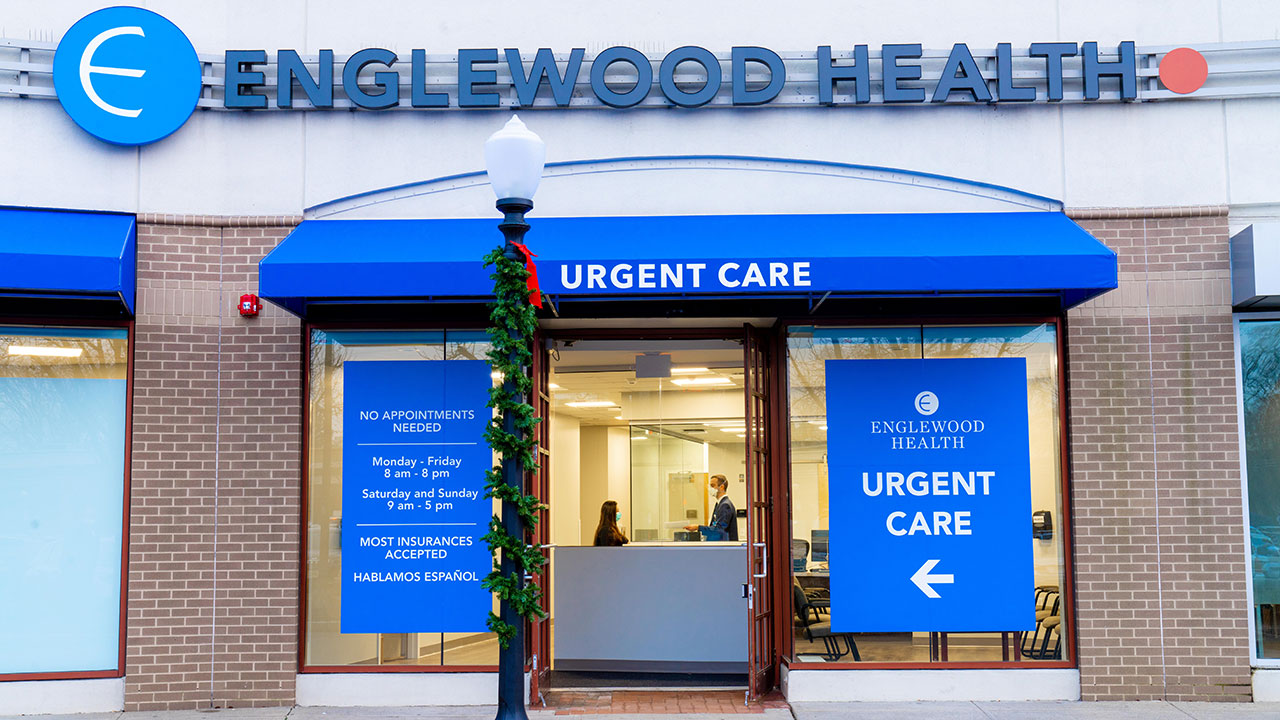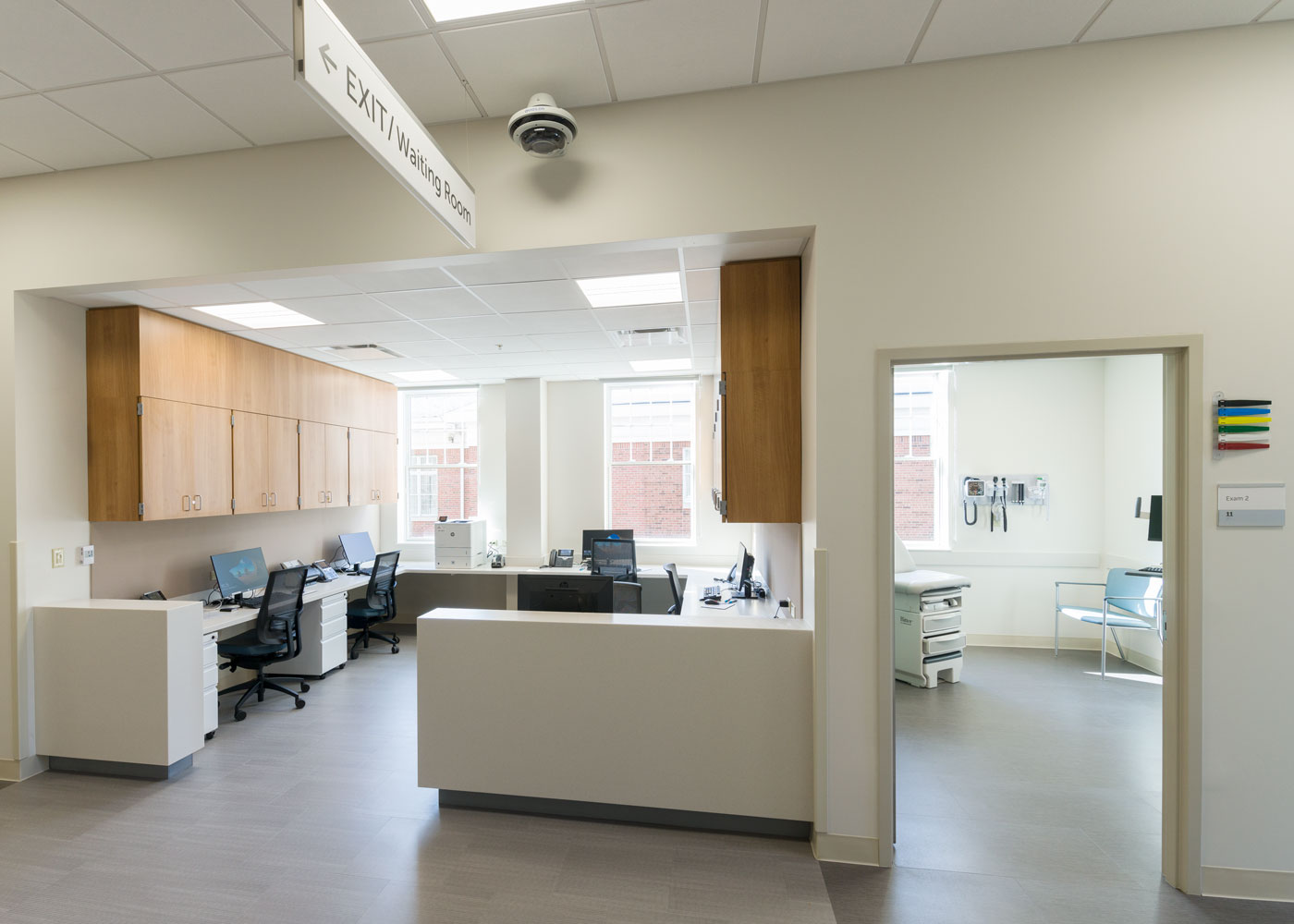Comprehending the Function of Urgent Care in Providing Timely Treatment for Non-Life-Threatening Problems
Immediate treatment centers have emerged as a vital part of the medical care landscape, resolving the instant requirements of clients with non-life-threatening conditions. By offering timely and available medical solutions, these centers successfully bridge the gap in between medical care and emergency divisions. Nevertheless, the implications of their role expand beyond mere ease, triggering a closer exam of when and exactly how these centers are made use of. Understanding the nuances of immediate care could substantially influence patient end results and the overall efficiency of health care distribution. What factors contribute to their growing significance in modern medication?
What Is Urgent Care?
Urgent treatment describes a category of medical solutions made to address non-life-threatening conditions that call for prompt attention. These facilities offer as an intermediary in between medical care doctors and emergency situation areas, offering a practical alternative for people who need timely care without the considerable waiting times usually linked with emergency situation departments.
Urgent care facilities are generally staffed by physician, consisting of physicians, nurse practitioners, and medical professional assistants, that are trained to diagnose and deal with a large variety of problems. Typical services offered by these centers include treatment for minor injuries, health problems, and infections, as well as analysis examinations such as X-rays and lab job.
The ease of access of urgent care is a key factor in its charm, as several centers operate beyond normal office hours, including nights and weekends. This prolonged accessibility enables individuals to get prompt care when their key treatment provider might not come. Furthermore, urgent care facilities frequently accept walk-in clients, eliminating the requirement for consultations. Overall, immediate treatment plays a crucial function in the medical care system, making certain patients can access vital medical solutions quickly and efficiently.

Numerous individuals might discover themselves unsure concerning when to seek care at an urgent care center as opposed to a health care medical professional or an emergency space. Immediate care is created to address non-life-threatening conditions that call for prompt interest however are not serious adequate to require an emergency room see.
Usually, one need to consider urgent take care of concerns such as minor fractures, strains, cuts needing stitches, or infections like urinary system system infections. Furthermore, cool or flu signs, breakouts, and allergies can also be appropriately taken care of in this setting.
It is very important to keep in mind that immediate treatment is not ideal for deadly emergencies, such as upper body discomfort, trouble breathing, or serious blood loss, which demand instant emergency clinic treatment.
People that lack accessibility to a primary care medical professional or can not secure a timely visit may additionally gain from urgent care services. Inevitably, recognizing when to make use of immediate care can bring about more reliable medical care shipment, allowing patients to obtain the appropriate degree of care based upon their certain health and wellness needs.
Advantages of Urgent Care Centers
Picking urgent treatment centers for non-life-threatening problems supplies a number of benefits that boost patient experience and ease of access. One key benefit is the minimized wait times compared to standard emergency situation spaces. Immediate treatment facilities commonly run on a first-come, first-served basis, enabling people to obtain timely clinical focus without the long delays often try this web-site associated with health center setups.
Furthermore, immediate care centers provide extensive hours, including evenings and weekend breaks, fitting people with differing routines. This versatility ensures that individuals can seek care when it is most practical for them, even more promoting timely intervention.

Additionally, these facilities commonly offer a detailed array of solutions, including minor treatments and analysis examinations, all under one roofing system. This consolidation of services not just simplifies the individual experience but likewise promotes an extra natural technique to taking care of non-life-threatening health and wellness issues, inevitably profiting overall client end results.
Common Conditions Dealt With
At immediate treatment centers, a selection of non-life-threatening conditions can be successfully treated, offering individuals with prompt and obtainable clinical help. These facilities are especially experienced at resolving concerns that require punctual interest yet do not present a prompt risk to life or limb.
Common problems treated at immediate care facilities consist of minor injuries such as sprains, strains, and cracks. Additionally, they handle ailments like colds, influenza, and infections, consisting of urinary system system infections and sinus problems. Skin conditions, ranging from rashes to insect bites, are also often resolved. Immediate treatment facilities are outfitted to execute necessary analysis tests, such as X-rays and laboratory tests, enabling them to provide comprehensive care.
Additionally, urgent treatment providers can administer inoculations, aiding to stop the spread of contagious illness - Urgent Care. They also supply solutions for minor procedures, such as suturing injuries or draining pipes abscesses. By offering these varied services, immediate treatment centers play an essential duty in connecting the gap in between key care click this site and emergency situation solutions, making sure people receive timely therapy for a wide variety of problems without the requirement for long delay times normally connected with emergency situation spaces
How Urgent Treatment Sustains Healthcare System
Immediate care centers play an essential duty in sustaining the overall medical care system by reducing the worry on emergency divisions and providing timely accessibility to medical care for non-life-threatening problems. By handling situations such as small injuries, infections, and diseases, immediate treatment facilities enable emergency situation divisions to focus on more essential clients needing prompt attention.
Additionally, urgent care facilities boost healthcare ease of access, using extensive hours and an easier option to typical primary care settings. This ease of access is specifically valuable for patients who may not have a routine doctor or that need prompt therapy beyond typical office hours. Because of this, urgent care centers effectively decrease enhance and wait times client contentment.
Additionally, urgent treatment centers add to set you back financial savings for both individuals and the health care system by supplying lower-cost services compared to emergency divisions. This economic performance is essential in a period of increasing health care costs, allowing patients to receive necessary treatment without sustaining excessively high expenses.
Verdict
To conclude, urgent care facilities play an essential duty in the health care system by providing timely therapy for non-life-threatening conditions. By linking the gap between medical care and emergency situation spaces, these facilities ensure that people get timely clinical interest without the lengthy delay times usually associated with emergency situation divisions. The ease of access and efficiency of immediate More Help care facilities contribute dramatically to easing the overall worry on health care resources, improving patient end results, and promoting an extra effective medical care shipment system.
Immediate care facilities have arised as a vital element of the healthcare landscape, attending to the immediate requirements of clients with non-life-threatening problems. Urgent treatment visits normally incur lower out-of-pocket expenditures compared to emergency division gos to, making care a lot more budget friendly for clients without endangering quality. Urgent treatment facilities are equipped to do essential diagnostic tests, such as X-rays and lab examinations, allowing them to offer detailed treatment.
By offering these diverse solutions, immediate treatment facilities play a vital function in connecting the void in between primary care and emergency solutions, making certain patients get timely treatment for a large variety of problems without the demand for long delay times normally connected with emergency rooms.
Additionally, immediate care centers enhance health care ease of access, supplying extended hours and a much more convenient alternative to typical key treatment settings.
Comments on “Expert Suggestions on Navigating Clinic Options for Urgent Care”